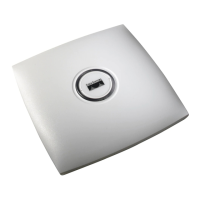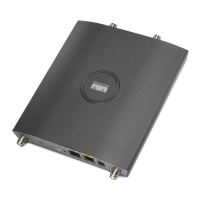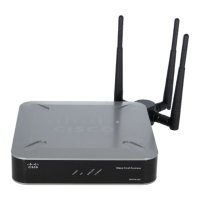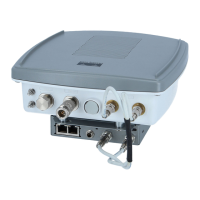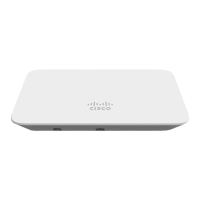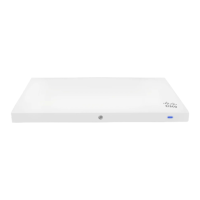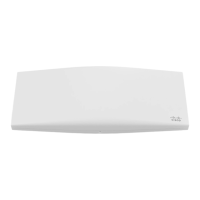DFS is mandatory in the USA for 5250 to 5350 and 5470 to 5725 frequency bands. DFS and TPC are
mandatory for these same bands in Europe.
Note
Figure 9: DFS and TPC Band Requirements
Antennas
Overview
Antenna choice is a vital component of any wireless network deployment. There are two broad types of
antennas:
• Directional
• Omnidirectional
Each type of antenna has a specific use and is most beneficial in specific types of deployments. Because
antennas distribute RF signal in large lobed coverage areas determined by antenna design, successful coverage
is heavily reliant on antenna choice.
An antenna gives a mesh access point three fundamental properties: gain, directivity, and polarization:
• Gain—A measure of the increase in power. Gain is the amount of increase in energy that an antenna
adds to an RF signal.
• Directivity—The shape of the transmission pattern. If the gain of the antenna increases, the coverage
area decreases. The coverage area or radiation pattern is measured in degrees. These angles are measured
in degrees and are called beamwidths.
Cisco Mesh Access Points, Design and Deployment Guide, Release 7.3
26 OL-27593-01
Mesh Network Components
Cisco Outdoor Mesh Access Points
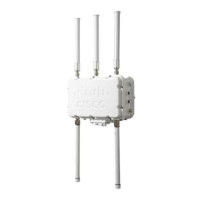
